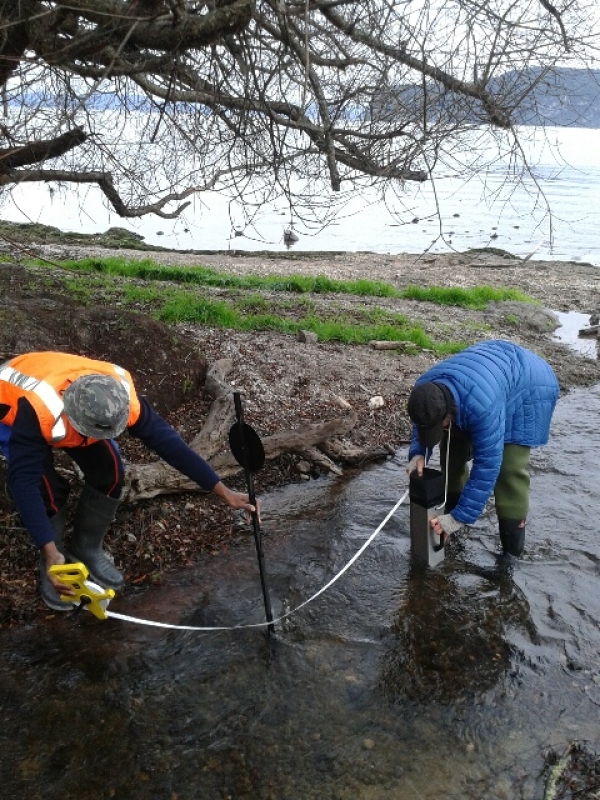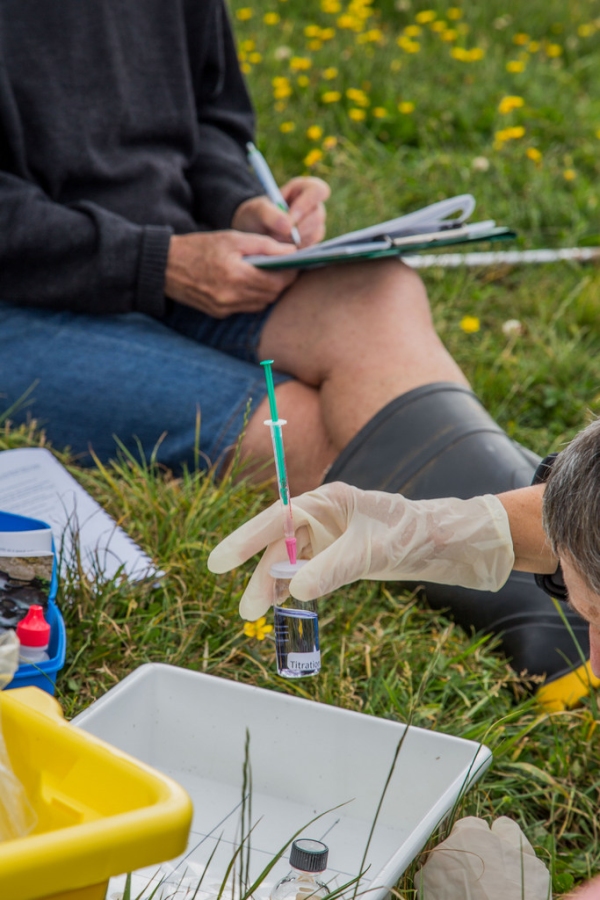Increasing interest in citizen science is benefiting environmental monitoring. Citizen data supplements professional data, meaning more data collection overall.
NIWA is involved in several citizen science projects, examples include:
The third project involves community volunteers monitoring stream water quality and ecosystem health, in parallel to data collection by regional council staff.
Parallel monitoring of stream water quality and ecosystem health:
How do community volunteers and regional council data compare?
In the past two to three years New Zealand’s streams and rivers have received an increasing amount of attention in the media and public discussions. This attention reflects both New Zealanders’ growing concern over the generally-poor health of many waterways and the major changes occurring in the way that freshwater is managed.
For both of these reasons it is clear that local communities will be increasingly involved in assessing the health of waterways and using these assessments to help plan a better future for them. A key question then is, how accurate and reliable are stream monitoring data collected by volunteers? Can they be used for reporting or planning purposes, and if so, with what degree of precision?
A team from NIWA is setting out to answer this question. We are designing a study that will involve community groups and regional councils monitoring the same sites in parallel (i.e. at the same time). We will then compare the results to see how well they agree, and whether both data sets can be used to distinguish between healthy and unhealthy streams. Our ultimate goal is to advance the use of community monitoring in freshwater management in NZ, which should increase engagement and knowledge among community groups and iwi, while extending the monitoring capacity of regional councils.
One of the tools community groups are using to assess water quality in this study is the Stream Health Monitoring and Assessment Kit (SHMAK).
The SHMAK kit was developed to provide methods for community and farm groups to collect scientifically robust data on stream health. SHMAK has been used by many community and conservation groups, schools, farm groups, forestry companies and iwi to great effect in assessing and guiding restoration to improve the health of streams throughout the country.
NIWA are in the process of updating SHMAK. Ultimately with a SHMAK app to aid data entry. We’re developing new taxonomic keys to the indicator invertebrates and including additional water quality parameters. Keep an eye on our website for an update.



